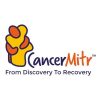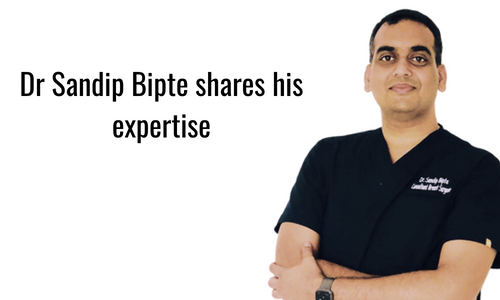It’s Important To Be Selfish When It Comes To Your Health & Well-BeAditi Godbole’s Advice To Women To Prevent Cancer
When patients come to us with concerns, we strive to alleviate their fears by presenting the best-case scenarios. However, definitive diagnosis and treatment planning requires further investigation. The crucial message here is the importance of prompt action—hesitation can have severe consequences.








